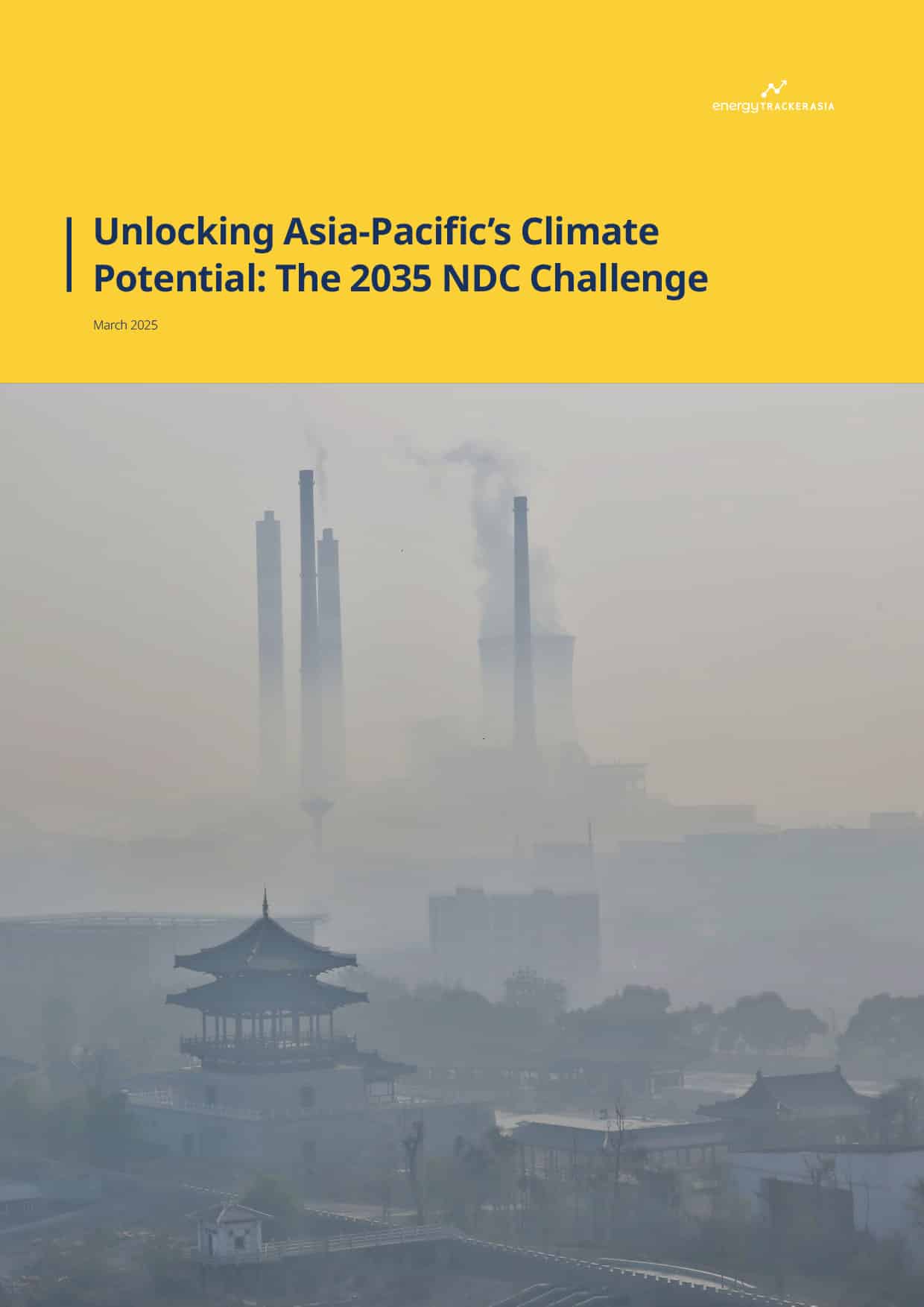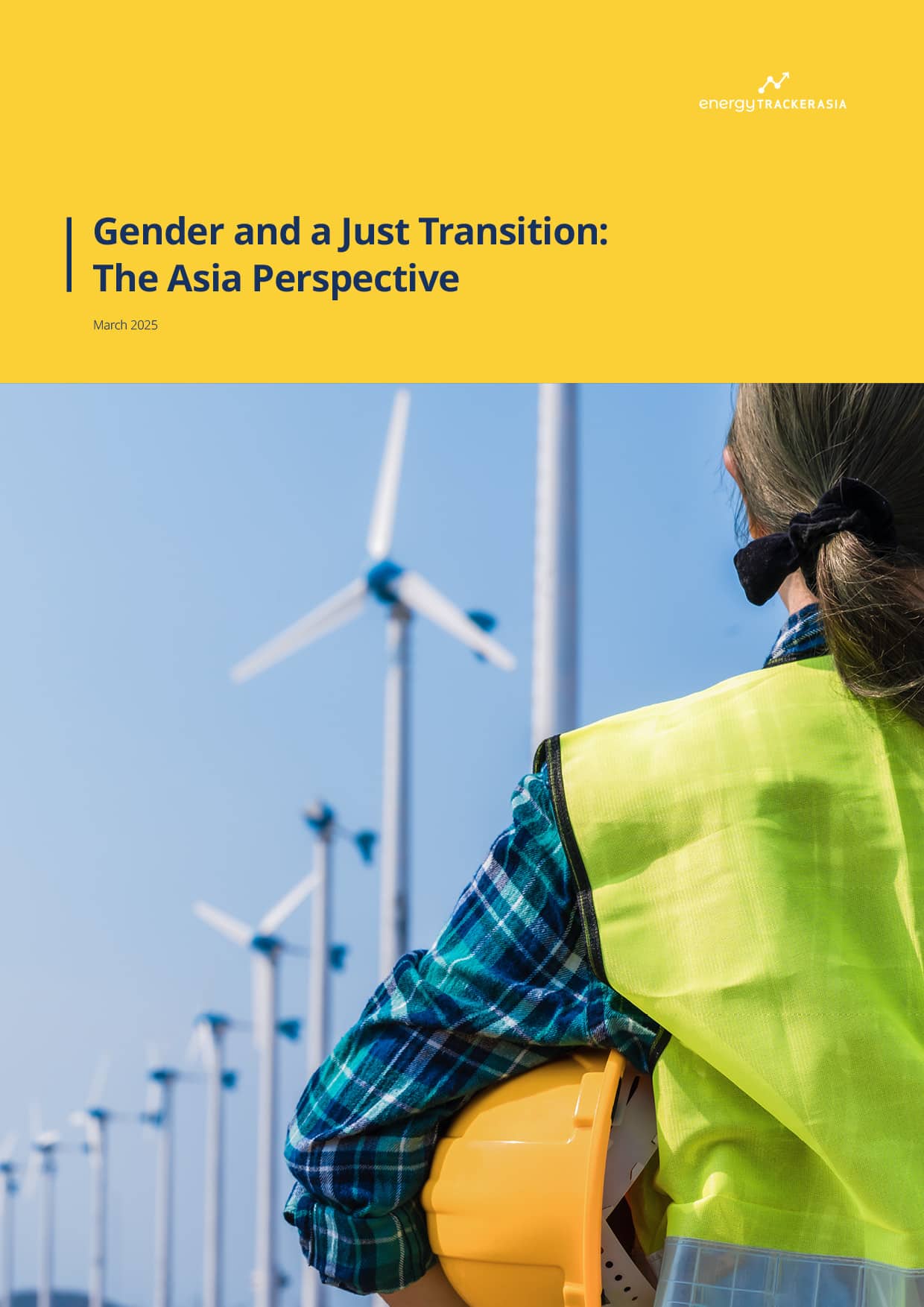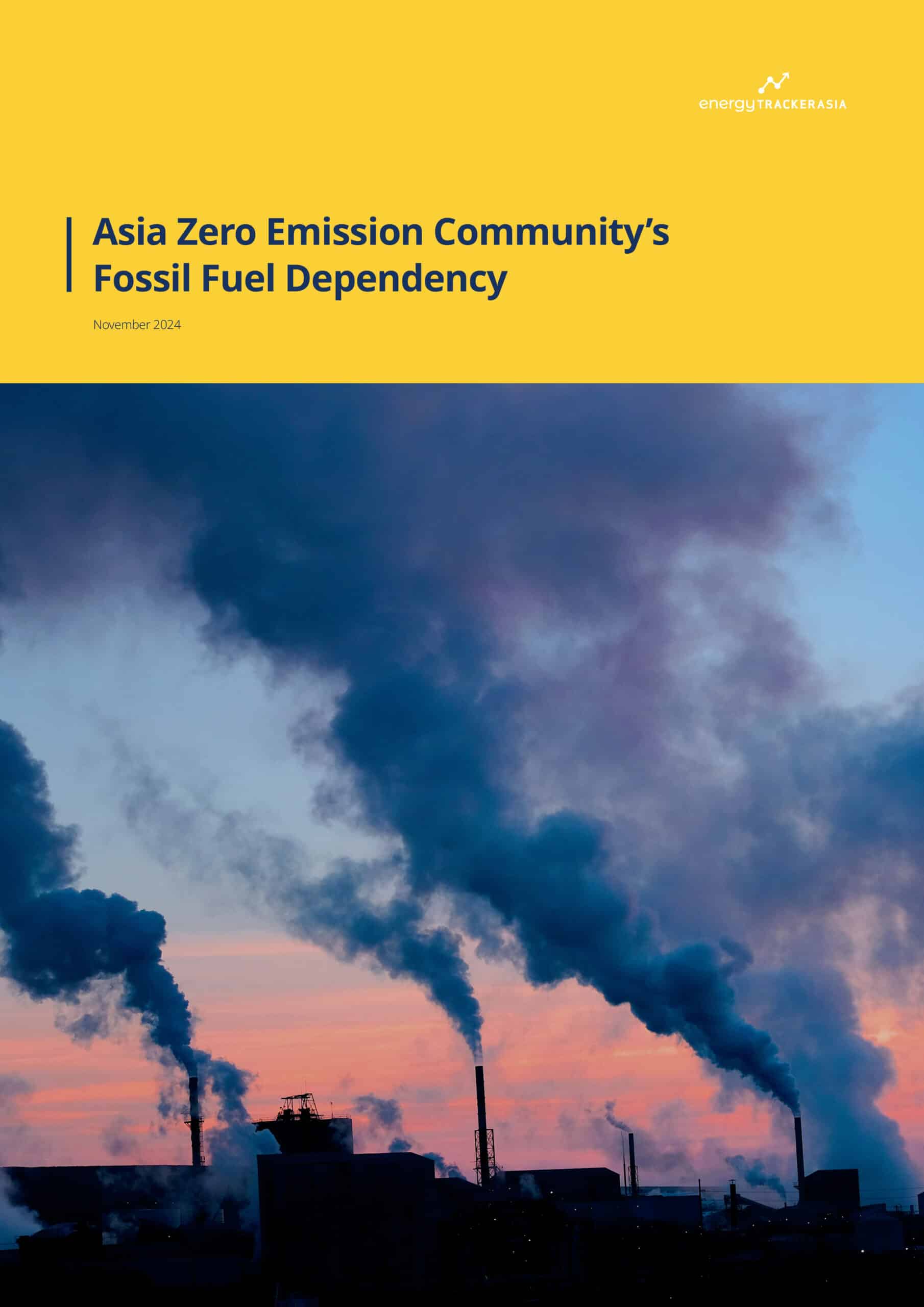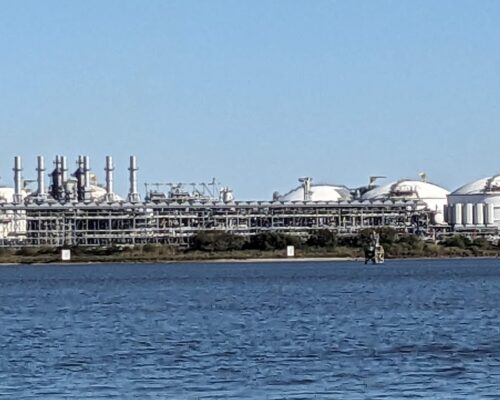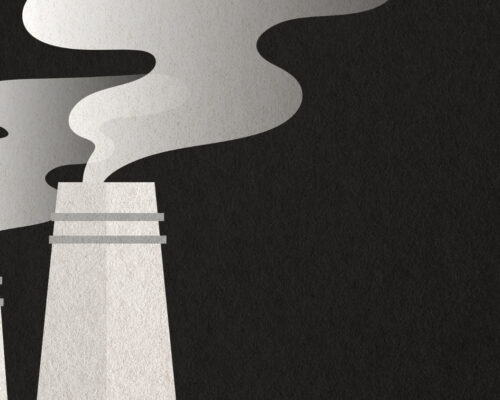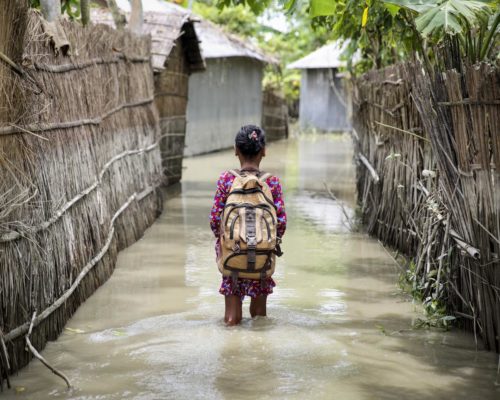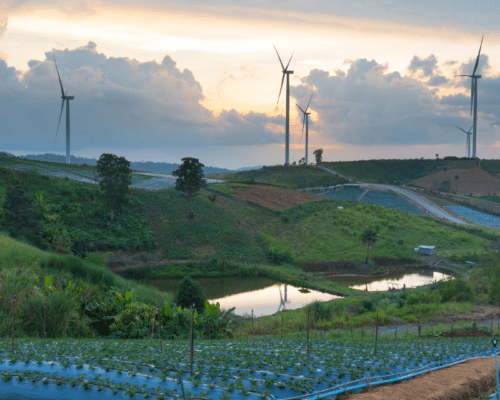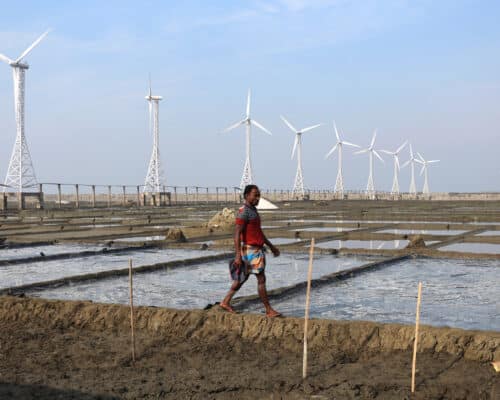Stranded Assets Linked to MDB Finance Trigger Asia’s Economic Tailspins
Mandatory Credit- Adam Dean : Panos Pictures
18 June 2025 – by Emran Hossain
Fossil fuel financing of Multilateral Development Banks in Asian nations is creating stranded assets, particularly in the power and energy sector, which has already sent some Asian nations into economic tailspins.
Pipelines lain to supply fossil fuels, and costly power plants built to spur economic growth remain increasingly unused, precipitating huge liabilities involving the payment of massive amounts of dollars, with a lifetime spanning two decades or even more.
The fate of Asia’s fossil fuel projects, many undertaken a decade after the UN began holding Conferences of the Parties, was sealed from the very outset for two reasons – flawed energy policies and cheaper renewable energy expansion. Some projects did not even operate properly for one day.
They have become a massive burden and economically unviable in every sense of the term, giving rise to predatory expenses while sitting fully or partially idle, facing the prospect of even diminished performance shortly.
The overall situation results from a financial model and energy reality that evolved in direct or indirect support of the MDBs, undermining the Paris Agreement goal to limit global warming to 1.5C.
“Just energy transition became difficult in one of the world’s most climate-vulnerable regions because of mindless fossil fuel investment in recent years,” said Hasan Mehedi, member secretary of Bangladesh Working Group on Ecology and Development, a Bangladesh-based platform of green activists.
“Stranded asset is the worst face of the investment made following a blueprint designed by MDBs or with their support,” he said.
What Are Stranded Assets
Generally, stranded assets are investments that stopped producing returns before their economic life ended. This can happen for several reasons, such as new technological inventions, legislative changes, environmental shocks and sudden changes in people’s behaviour and societal norms. Stranded assets should theoretically not be planned. However, many Asian groups cited circumstances leading to the belief that their stranded asset problem was the result of a notorious scheme executed by corrupt politicians and bureaucrats in collusion with global fossil fuel syndicates. The emergence of stranded assets could mean job losses, tumultuous economic conditions from debt and expenses soaring, and staggering inflation.
Climate change impacts opened a whole new window of stranded assets. While there is direct physical risk, the need for energy transition contributes equally to the risk. Assets facing the highest risk include fossil fuel-based power plants, hydrocarbon reserves such as coal mines, gas and oil fields, and infrastructures in the energy supply chain.
A Nature article in 2021 said that creating half a chance to implement the Paris goal could mean leaving more than half of oil and gas and almost all of coal under the ground. Coal-fired power plants face the largest threat of getting stranded, potentially retiring one to three decades before their time. The consequences of assets stranding could send ripples through the financial system, the London School of Economics and Political Science said, primarily affecting pension funds, insurance companies, banks, private investors, universities and governments. The global stranded asset risk was estimated to be USD 1 trillion. Buildings and industries can be stranded, too. This stranding is set to happen in the European Union, Japan, the United States and Korea. China and India will see many of their power and energy assets strand.
Stranded asset in Asia means an economic burden solely borne by the borrowers, the mass people, explained Rayyan Hassan, executive director of the NGO Forum on ADB, a non-government organisation.
“For the investors, stranded assets mean profit anyway, for they receive a capacity charge, ensuring substantial profits after settling loan with interests and other cost, regardless of their use,” he said.
Stranded assets receive capacity charges in many Asian countries.
Bangladesh Case
In 2005, the ADB invested USD 230 million to lay a 165 km gas pipeline extended between Bheramara in western Bangladesh and Khulna in the south. Though there was no gas to supply, the pipeline’s construction was followed by building the Khulna 150MW dual fuel gas turbine power plant in 2007, with about USD 133 million ADB investment. The power plant, barely operating using expensive diesel, was upgraded to a 225MW combined cycle power plant five years later, this time with about USD 104 million ADB investment. In 2018, the ADB invested another USD 500 million in constructing yet another gas-based Rupsha 800MW power plant in Khulna, depending on the hope of the pipeline bringing gas someday. ADB investments are often loans.
The Rupsha power plant, which was completed last year, could not be commissioned because of a lack of gas. The gas pipeline has supplied gas only for 17 days since it was built. The construction race cost over USD 1 billion, earning nothing now. The ADB invested USD 200 million in building yet another gas-based 718MW Reliance (JERA) power plant in Meghnaghat, which is ready but could not be commissioned because of the gas crisis. Besides the Bangladesh government, co-financiers of the projects include the Islamic Development Bank, the Industrial Development Bank, the Japan Bank for International Cooperation and the Japan Fund for Poverty Reduction.
According to the Implementation, Monitoring and Evaluation of Bangladesh, the gas pipeline project was unnecessary. The 225MW Khulna power is three times costlier than the national average, mainly due to low plant factor and diesel use. In 2019-2020, the plant factor plunged to 0.3%, producing a unit of electricity with Tk 533. Over the last 11 years, the government paid Tk 1,824 crore in capacity charge to the Khulna power plant, which will take away an overall Tk 4,200 crore in capacity charge until 2030.
Bangladesh’s current installed power generation capacity is 27,645MW. Half the capacity remains unused for one reason or the other. The energy plans that led to the massive overcapacity by overestimating power demand and absurd economic growth forecast were funded by the ADB or Japan International Cooperation Agency. Japan is ADB’s largest shareholder and founder. After starting to import LNG in 2018, Bangladesh is already deep into the dollar and economic crisis, with its gas supply gradually declining – both from domestic and international sources.
Before the latest trend of brand new energy projects ending up stranded emerged, Bangladesh gasped under massive capacity charge payment obligations from its unused power and energy capacity. Bangladesh paid Tk 1.04 lakh crore in capacity charges in the 14 years since 2009. The massive expense necessitated paying massive subsidies.
An analysis of ADB data recently revealed that about 83% of ADB investment in Bangladesh since 1973 – USD 17.34 billion—went into building 28 fossil fuel-based power plants. Another multilateral development bank, AIIB, invested USD 6.4 billion in Bangladesh since 2016. Only USD 1.6 billion went into renewable energy projects.
Other Asian Nations with Stranded Assets
Between 2007 and 2015, 10 MDBs financed 1,18GW, including only 54GW of hydropower and other renewable energy. The World Bank invested USD 178.6 billion in Asia’s energy sector between 1985 and 2019, with the single largest share, nearly 35%, going into fossil fuel projects.
Coal and gas are still the primary sources of energy in Asian countries.
Japan is a proponent of global expansion of fossil fuel use. An analysis estimated that Japan’s stranded coal assets would range between USD 61.6 billion and USD 80.2 billion. In 2019, India’s thermal generation sector carried USD 40-60 billion in nonperforming or stranded assets. Some of the plants received finances from the ADB and IFC.
Environmental and human rights groups in Indonesia revealed last year that the ADB gave a USD 600 million loan to promote clean energy, indirectly supporting coal power projects. In 2014, the ADB invested in Indonesia’s Tangguh Liquefied Natural Gas Project, labelling gas environmentally benign and announcing that the project would develop, build and operate gas production wells, platforms and an LNG facility to export gas initially to China, Korea and North America.
In 2019, the ADB joined a group of private companies, including the IFC, to construct a 275-megawatt combined-cycle gas turbine power plant in central Sumatra, Indonesia, for what it said to secure the country’s energy future. In Pakistan, the ADB provided a USD 900 million loan in 2014 for constructing a 600MW Jamshoro supercritical coal-fired power plant, assuring cleaner emissions and a reduction in power tariff. Pakistan has an overcapacity problem, as is the case with Bangladesh. Pakistan’s capacity payment reached 2.1 trillion rupees last year.
The Renewable Energy Scenario
Solar power prices fell by 80% since 2010. The global average levelised cost of electricity generated from onshore wind energy dropped by 69% between 2010 and 2022. In 2023, solar PV global costs were 56% lower than fossil fuel and nuclear options. Renewable energy costs are forecast to drop further in 2025. In a report released in January last year, the BloombergNEF predicted future electricity costs of Bangladesh, estimating that electricity generated from gas and coal would remain unchanged between 2030 and 2050 while solar electricity price with battery storage would fall 40% and onshore wind power with battery storage 47% over the same period.
by Emran Hossain
Emran Hossain is a journalist based in Dhaka, Bangladesh, with twenty years of experience reporting on issues related to human rights, the environment, the energy sector and ethnic and religious minorities. He was conferred the 2013 Daniel Peral Fellowship for promoting mutual respect and understanding among diverse cultures through journalism.
Read more